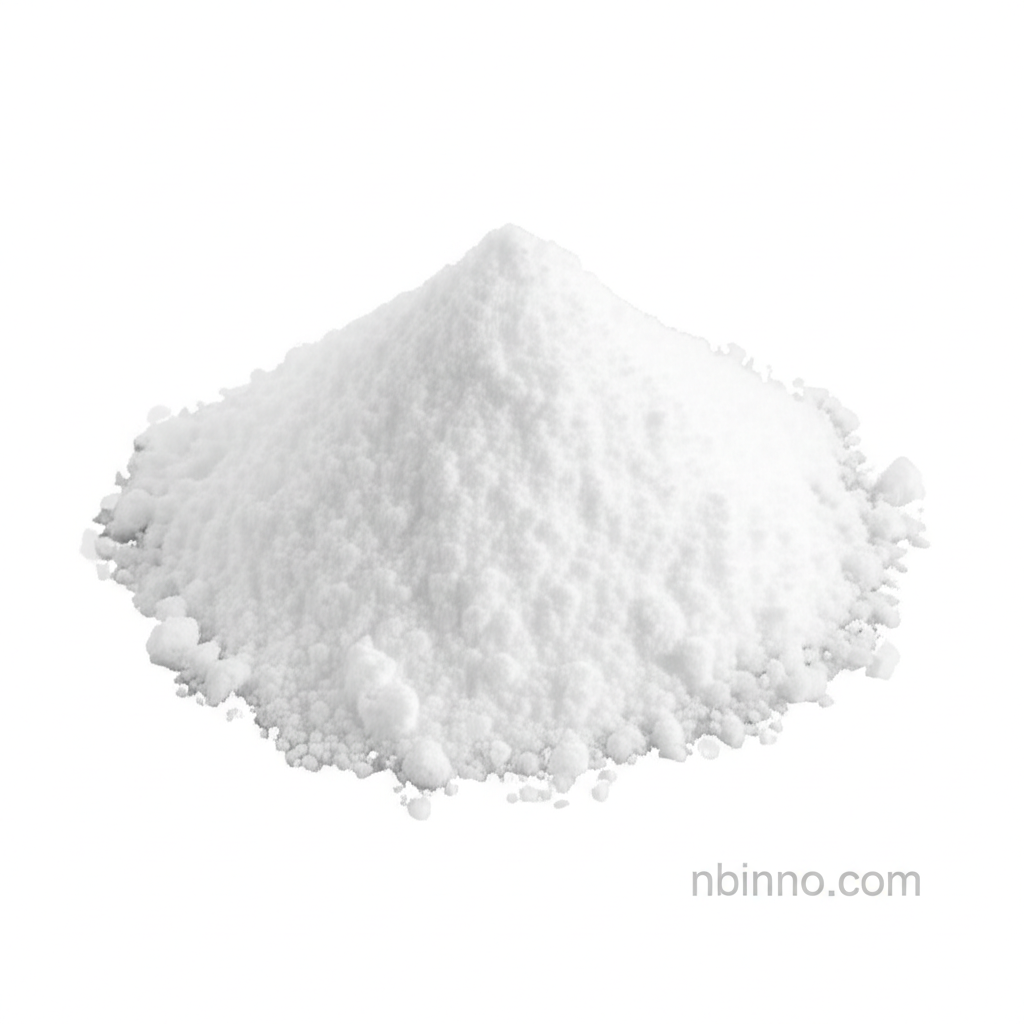PyBroP: High-Efficiency Coupling Reagent for Peptide Synthesis and Amide Bond Formation
Discover the power of PyBroP for robust amide bond formation and cutting-edge peptide synthesis. Explore its applications and benefits as a leading coupling reagent.
Get a Quote & SampleProduct Core Value

Bromo-tris-pyrrolidinophosphonium hexafluorophosphate
As a trusted supplier in China, we offer PyBroP, a critical reagent for efficient amide bond formation and complex peptide synthesis. Its high efficacy and mild reaction conditions make it an indispensable tool for researchers and manufacturers. Explore the advantages of using this advanced coupling reagent from a reliable manufacturer in China.
- Leverage PyBroP for superior peptide synthesis, enabling the precise construction of amino acid chains to achieve your desired peptide sequences.
- Utilize this advanced coupling reagent for effective amide bond formation, a fundamental reaction in creating diverse organic molecules and pharmaceutical intermediates.
- Benefit from PyBroP's versatility in various organic synthesis applications, including C-C bond formation and construction of complex structures.
- Experience the mild reaction conditions offered by PyBroP, ensuring high yields and minimizing side reactions for cleaner synthetic outcomes.
Advantages Provided by the Product
Exceptional Coupling Efficiency
PyBroP is renowned for its high efficiency in coupling reactions, particularly for forming amide bonds. This characteristic directly contributes to achieving high yields, which is crucial when aiming for precise peptide synthesis.
Mild Reaction Conditions
The mild reaction conditions facilitated by PyBroP are vital for preserving the integrity of sensitive molecules, making it an excellent choice for complex organic synthesis and protecting valuable long-tail keyword target molecule structures.
Versatile Application Spectrum
Beyond its primary role in peptide synthesis, PyBroP demonstrates versatility in other organic transformations, including C-C bond formation and reactions involving N-methyl amino acids, broadening its utility in chemical research.
Key Applications
Peptide Synthesis
PyBroP is a cornerstone in modern peptide synthesis, facilitating the efficient formation of peptide bonds, essential for creating therapeutic peptides and protein mimetics. It ensures high purity and yield in complex sequences.
Amide Bond Formation
This reagent is widely employed for creating amide bonds, a fundamental linkage in many organic molecules, including pharmaceuticals and fine chemicals. Its reliability makes it a preferred choice for demanding synthetic routes.
Organic Synthesis
PyBroP's utility extends to various areas of organic synthesis, enabling transformations like C-C bond formation and reactions with challenging substrates, contributing to the development of novel chemical entities.
N-Methyl Amino Acid Coupling
Specifically, PyBroP excels in coupling N-methyl amino acids, overcoming steric challenges often encountered with these substrates, thereby expanding the scope of accessible peptide structures.
